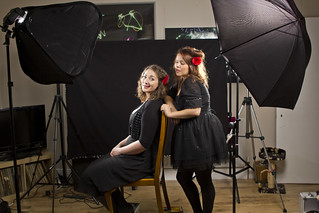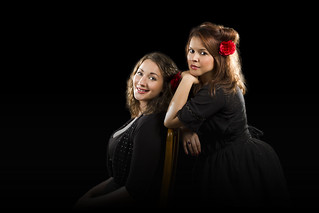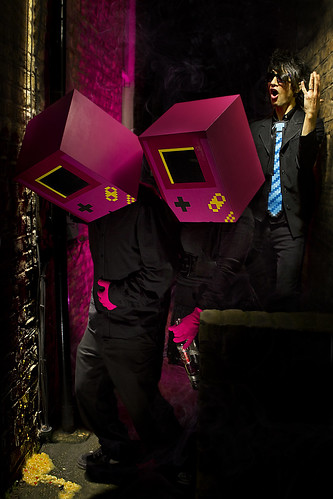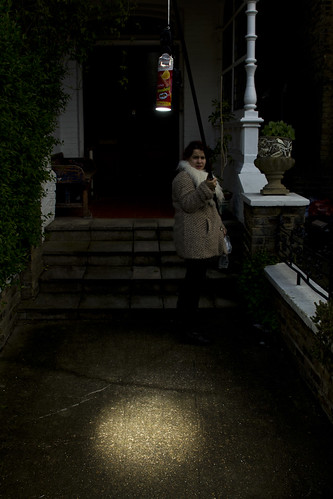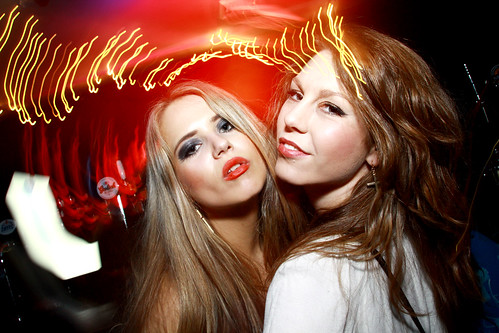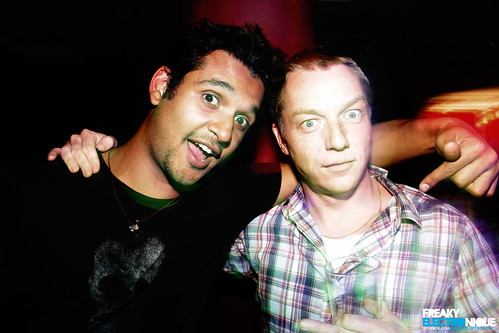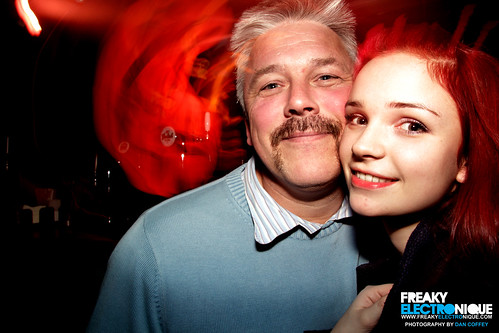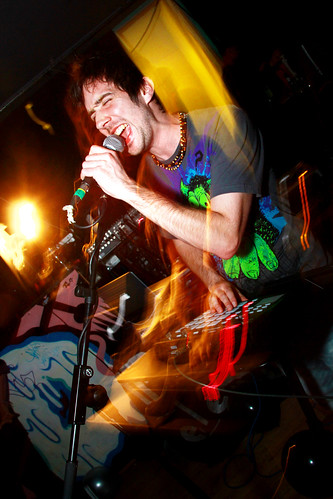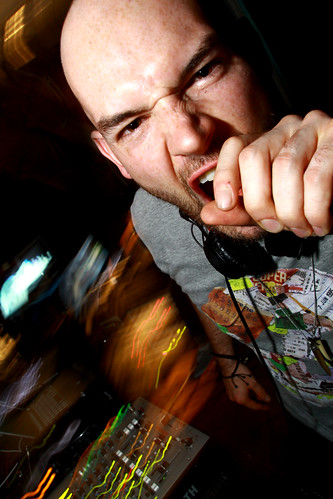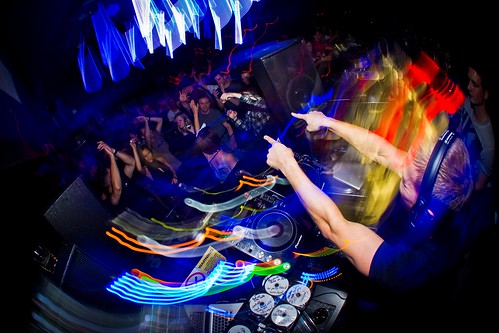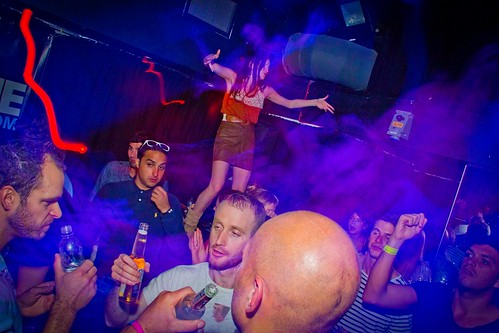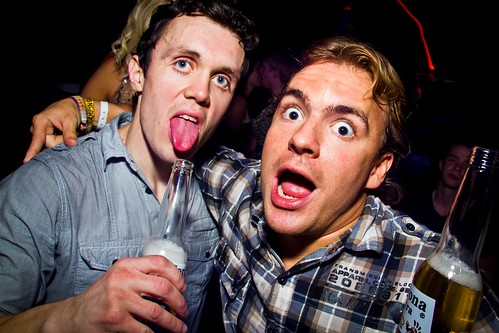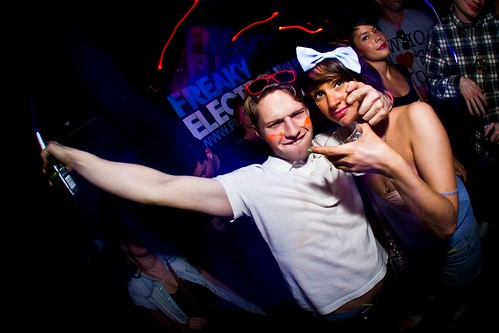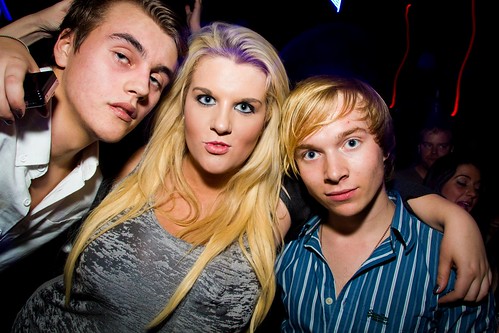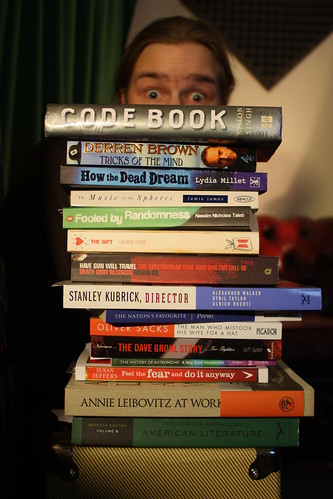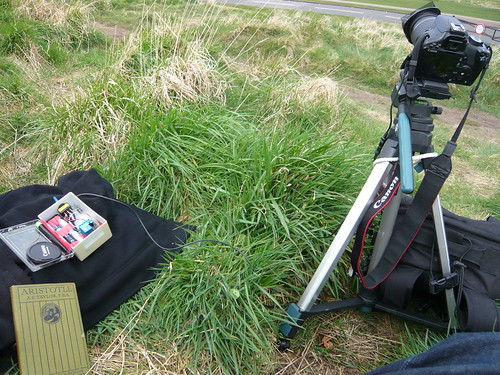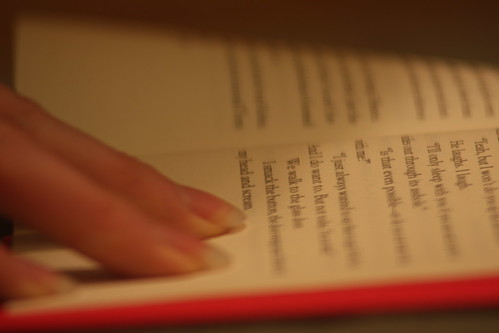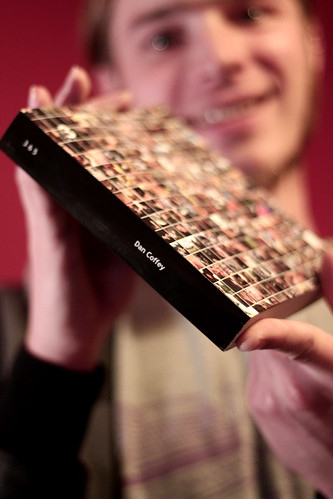
Soul in the City are a covers duo that needed some new shots to go with their new website showing that they're classy, professional and approachable.
To keep things looking as continuous as possible we orchestrated things so that we would shoot these portraits in the afternoon straight after they had finished shooting their new demo video in the morning at a hotel just around the corner. This worked out really well and you can see there is a strong visual aesthetic running through their new site over at SoulintheCitymusic.com
Once they had decided on their new look we talked about how the photos would look and I knew we would be shooting against black. Usually I stick with the standard two light set up of something soft (umbrella or soft-box) off to one side and above and a hard back light opposite the diffused light. I suppose I've been vaguely concerned with keeping things looking natural but end up with people bleeding into the black back-ground. So on this shoot I joined the crowd and lit everything!
I used one Sigma 530 Super (now replaced with the much cheaper 610 Super) and three Nikon SB26 flashes and went with soft light from a 24" soft-box and 45" umbrella) on their faces and bare hard light behind them to separate them from the black. The only problem I had was with the flags in the two rim/hair/separation lights. I attached flags to the back of them to stop them spilling onto the black back-drop and washing it out to grey and flags to the front to stop them flaring into the lens. This all worked great apart from I ended up with just a very narrow strip of light hitting the back/side of each girl. I couldn't quite work out how to get around this. I pulled the flags back so that they were as shallow as 2cm or so with no luck. Perhaps they should have been further away from the girls?
Whilst shooting I set up a timelapse on my spare camera body and an 18-55m kit lens so you can see exactly how we set everything up. Enjoy!
